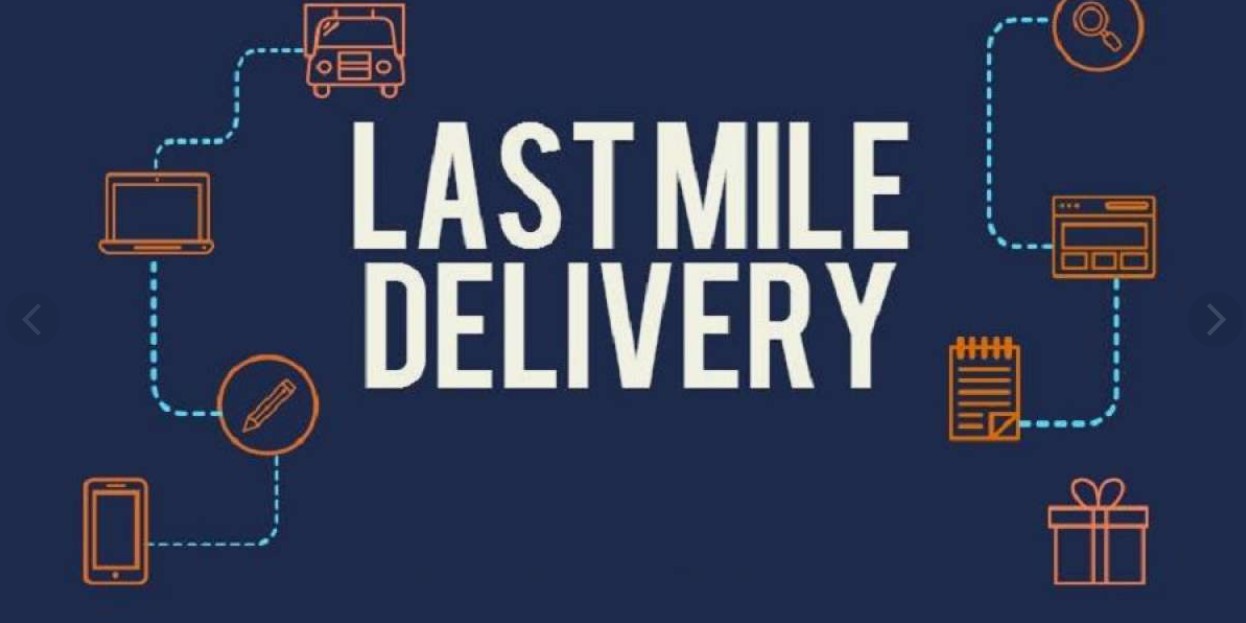In today’s fast-paced world, the final step in the delivery process, known as the “last mile,” is crucial. This step involves getting a product from a distribution center to the customer’s doorstep. While it may seem straightforward, it presents numerous challenges that can impact customer satisfaction and operational efficiency. To stay competitive, businesses must optimize their last mile tracking and enhance their final mile delivery efficiency.
Why Last Mile Tracking Matters
Last mile tracking is all about monitoring goods as they travel from the last distribution point to their final destination. Here’s why it’s essential:
Firstly, Customer Satisfaction is significantly enhanced when consumers can know the exact status of their orders at any time. This transparency builds trust and keeps customers informed.
Secondly, Operational Efficiency improves dramatically with effective last mile tracking. It helps companies manage their delivery fleets better, optimize routes, and cut down on delivery times. This not only boosts the customer experience but also reduces operational costs.
Lastly, Issue Resolution becomes much easier with real-time tracking. It allows for the quick identification and resolution of problems such as delayed shipments, misplaced packages, or failed deliveries, thus minimizing disruptions.
Strategies to Enhance Final Mile Delivery Efficiency
Improving the efficiency of final mile delivery, often the most time-consuming and costly part of the shipping process, involves several strategies.
Optimized Routing is critical. By using advanced algorithms and GPS technology, companies can plan the most efficient routes. This reduces travel time and fuel consumption, ensuring deliveries are both timely and cost-effective.
In addition, Delivery Consolidation can make a big difference. Combining multiple deliveries into one trip significantly cuts down on the number of trips needed. This leads to cost savings and a smaller environmental footprint, particularly in densely populated urban areas.
Furthermore, offering Flexible Delivery Options enhances convenience for customers. Allowing them to choose specific time windows or alternative pickup locations reduces the chance of missed deliveries and allows for more efficient delivery planning.
Leveraging Technology such as mobile apps, IoT devices, and automated systems can also streamline the final mile delivery process. Real-time tracking apps, for instance, enable customers and businesses to monitor deliveries and make necessary adjustments.
What’s the Latest in UPS Deliveries?
UPS, a global leader in logistics and delivery services, continuously innovates to improve last mile tracking and final mile delivery efficiency. Some of their latest developments include:
Smart Delivery Vehicles are being equipped with advanced technology to optimize routes, reduce fuel consumption, and provide real-time tracking updates. These vehicles come with sensors and GPS systems that improve delivery accuracy and efficiency.
The company is also exploring Drone Deliveries, particularly in remote or hard-to-access areas. Drones can bypass traffic and other obstacles, ensuring faster and more reliable deliveries.
Additionally, UPS has invested in Automated Sorting Centers. These centers use robotics and AI to sort packages quickly and accurately, reducing delays and errors.
Also Read: Ultimate Guide to Printing Shipping Labels: UPS, USPS, and More
The Role of the Last Mile Sorting and Distribution Center
Optimizing the last mile sorting and distribution center is key to improving final mile delivery efficiency.
Automation plays a crucial role here. Implementing automated systems for sorting and organizing packages speeds up the process and reduces human error. It also allows for better scalability during peak times.
Strategically locating sorting centers near high-demand areas reduces the distance packages need to travel. This shortens delivery times and lowers transportation costs.
Moreover, using real-time data analytics to monitor and manage the flow of packages through the sorting center helps identify bottlenecks and optimize operations. Real-time data enables proactive decision-making and quick issue resolution.
Overcoming Challenges of Final Mile Shipping

Final mile shipping has its own set of challenges that require innovative solutions.
Urban areas often experience heavy traffic, causing delays in final mile delivery. Optimized routing and alternative delivery methods, such as bikes or drones, can help alleviate this issue.
In less populated areas, delivery density is low, making individual deliveries costly. Delivery consolidation and strategically placed distribution centers can help address this challenge.
Missed deliveries due to customers not being home can be a significant problem. Offering flexible delivery options and real-time communication can reduce missed deliveries.
The Future of Final Mile Delivery
As consumer expectations rise, businesses must innovate to stay competitive. Future trends in final mile delivery include:
Sustainable Deliveries are becoming increasingly important as awareness of environmental issues grows. Electric vehicles, drones, and eco-friendly packaging are likely to become more common.
Hyperlocal Fulfillment models are being adopted to meet the demand for faster deliveries. Companies are setting up small, localized distribution centers close to customer hubs.
Precision Fulfillment Solutions leverage advanced analytics and AI to ensure that products are delivered to the right place at the right time with minimal waste and maximum efficiency.
Also Read: Partially Shipped vs In Fulfillment
Conclusion
Optimizing last mile tracking and enhancing final mile delivery efficiency are critical for modern logistics. By leveraging advanced technologies, strategic planning, and innovative solutions, businesses can overcome the challenges of final mile shipping and meet ever-growing consumer expectations. Staying ahead of the latest trends and advancements is key to maintaining a competitive edge in the market.

